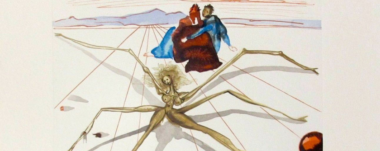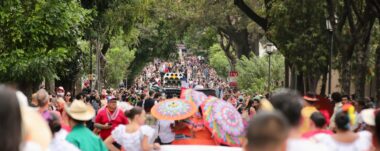Manuel Carranza Vargas: A Pictorial and Historical Legacy at the Juan Santamaría Historical and Cultural Museum
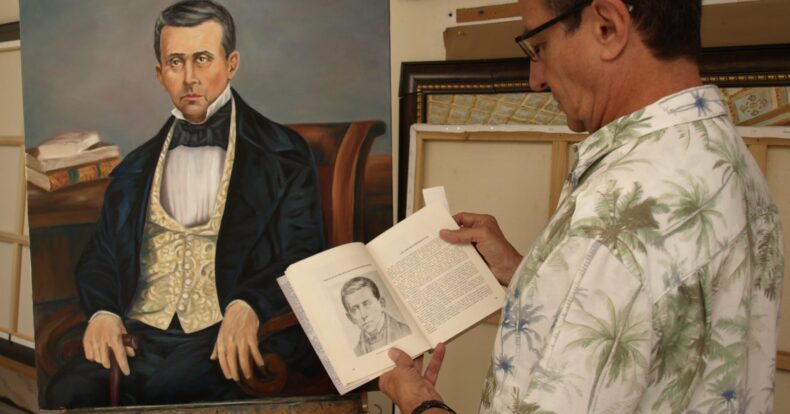
The Juan Santamaría Historical and Cultural Museum (MHCJS) is pleased to present the retrospective exhibition of the outstanding visual artist Manuel Carranza Vargas. A result of a collaboration between the MHCJS and the Academia Morista Costarricense, with the generous sponsorship of private companies such as the CRUSA Foundation, DIVIMARK and RL, the exhibition will be open to the public from September 30, 2023 through May 18, 2024.
Historical Retrospective
Historical painting, also known as the representation of events of the past, occupied a prominent place in the pictorial field. Until the mid-19th century, it was considered the “supreme genre”, prevailing over other art forms such as portraiture and landscape. Whether depicting memorable events that were to be preserved and highlighted, or exploring themes derived from literature, mythology or religion, this pictorial genre valued not only technical skill, but also the depth of the moral or intellectual message that the scene was intended to convey.
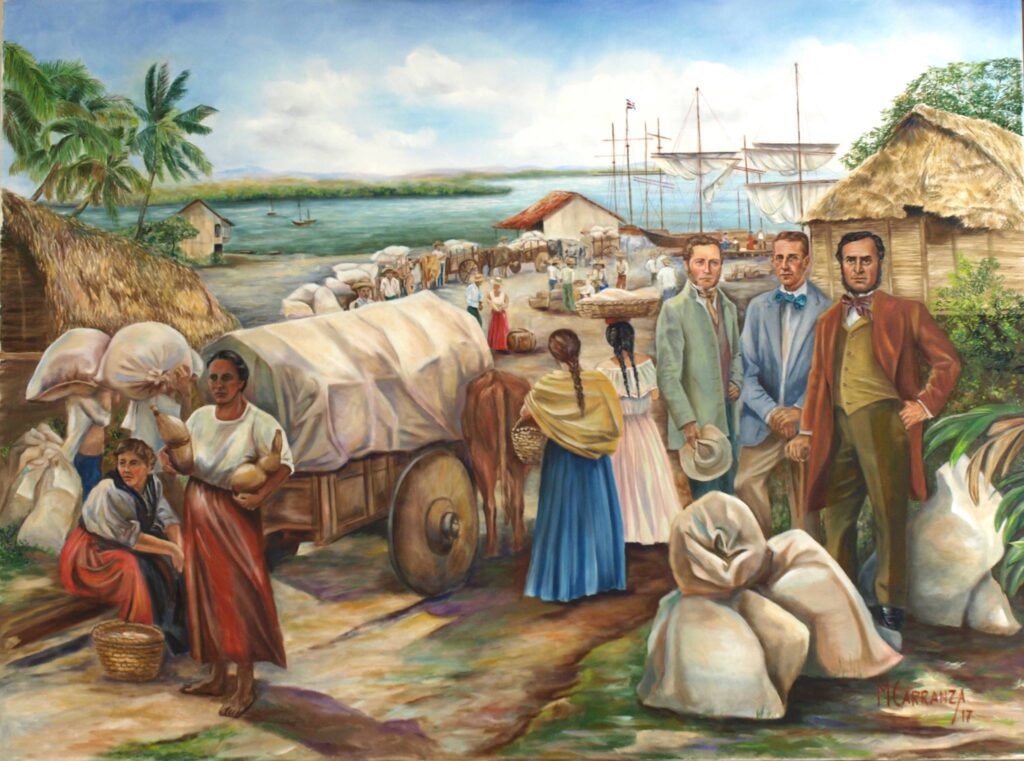
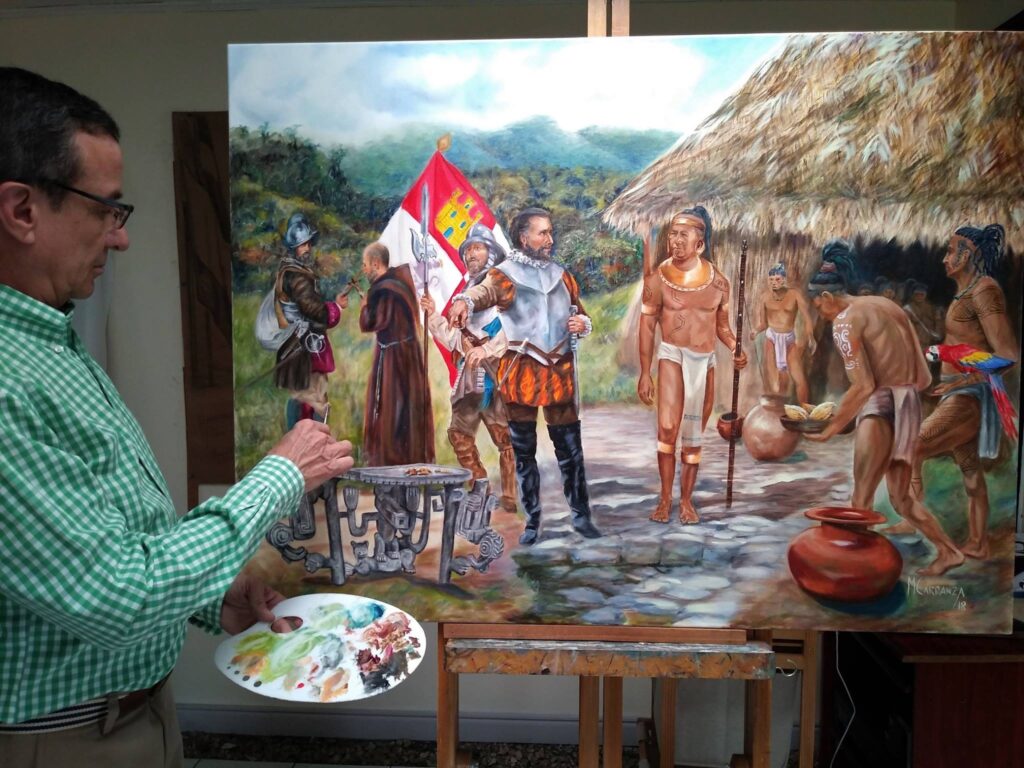
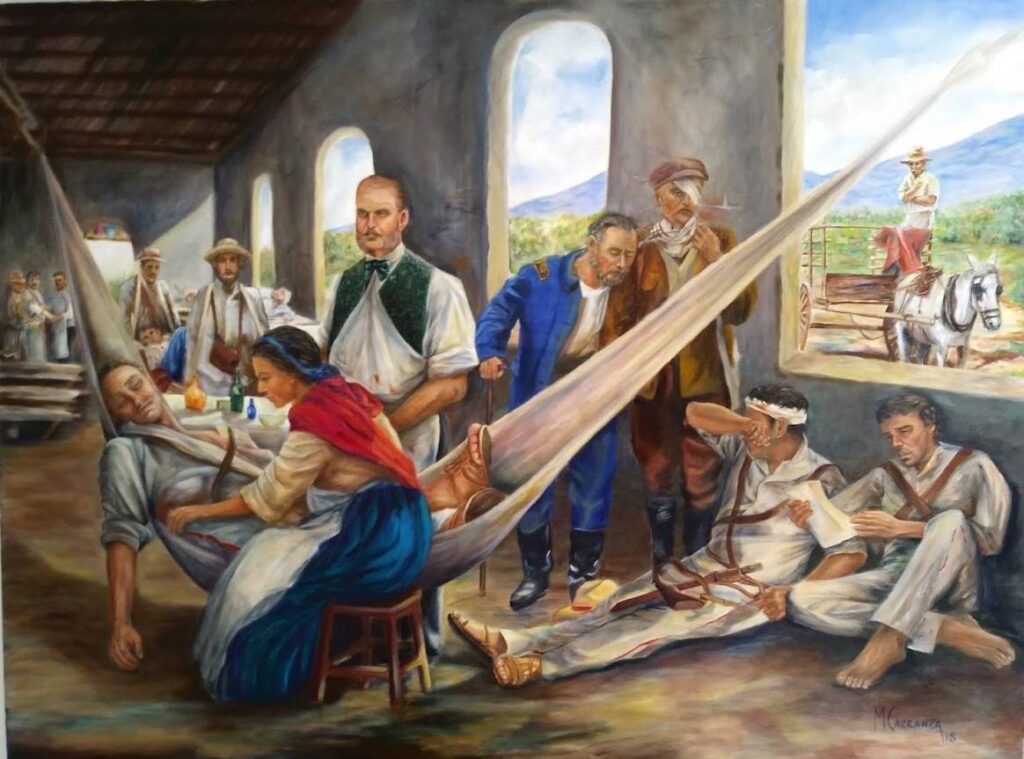
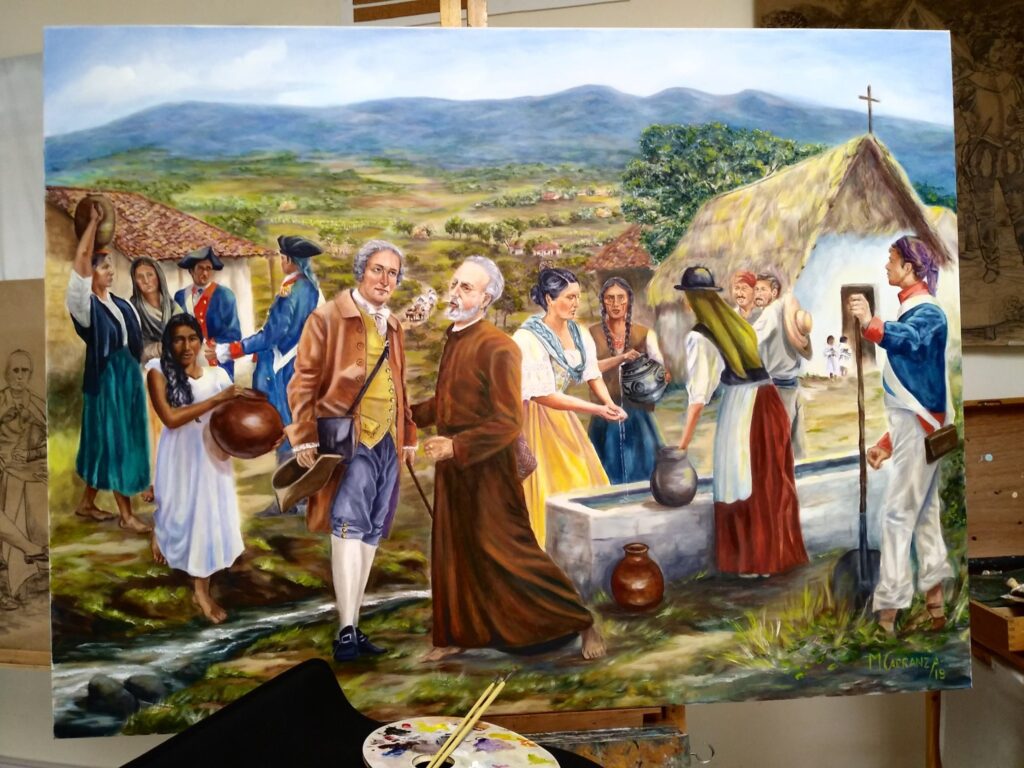
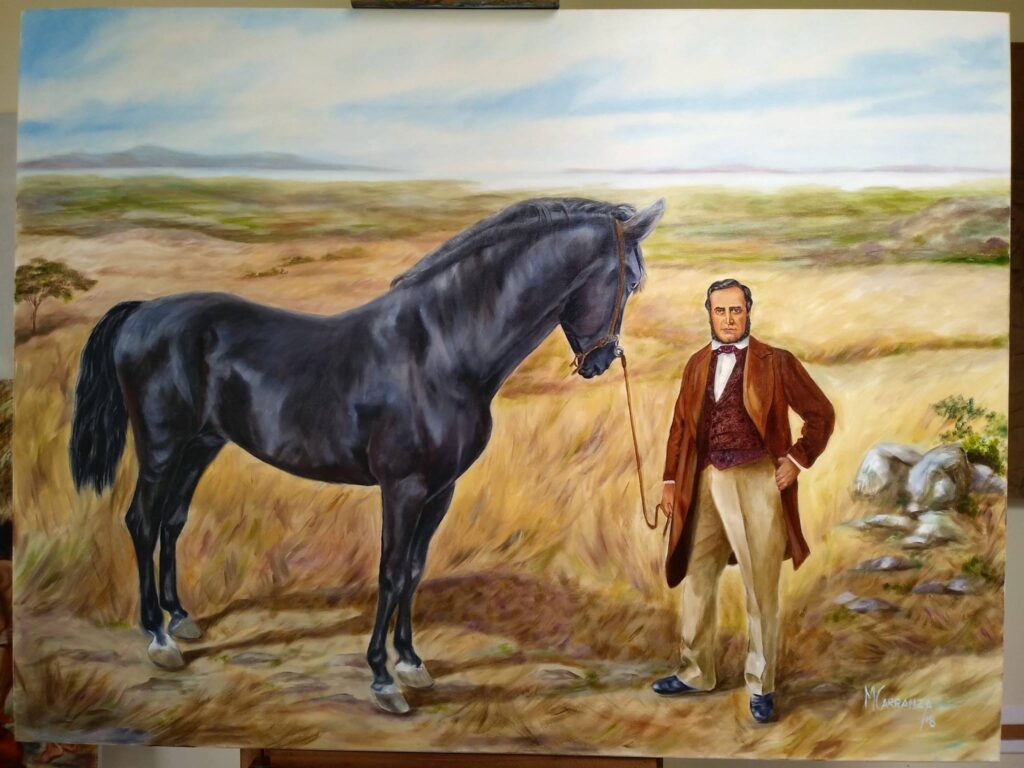
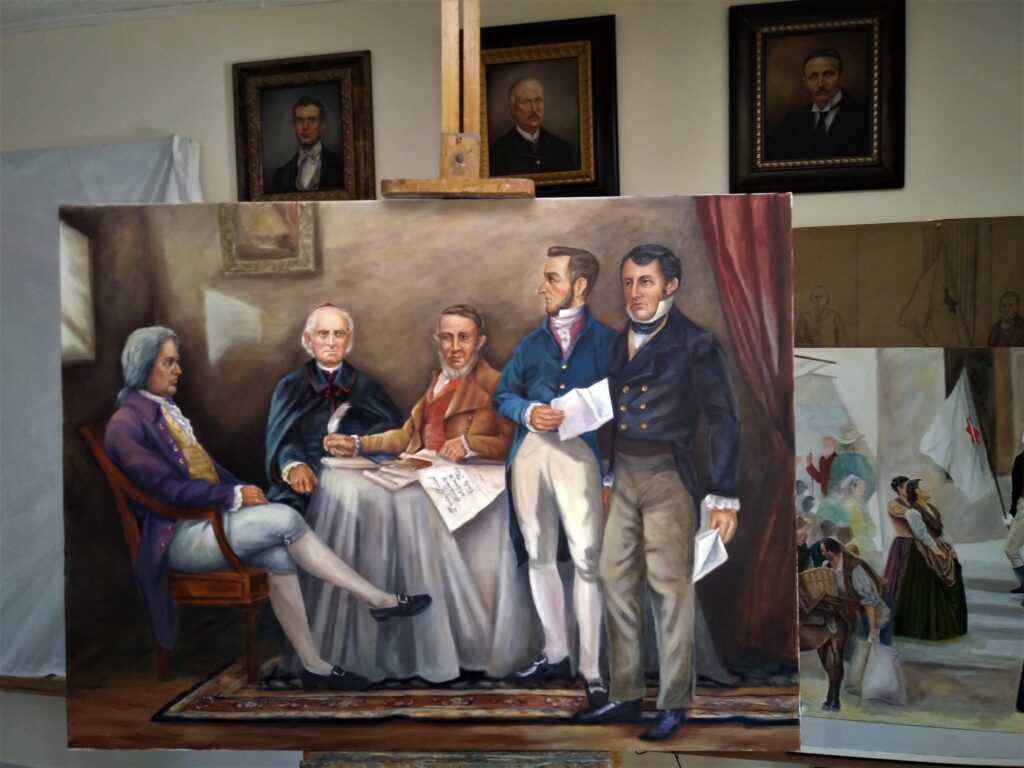
The exhibition, composed of 32 selected works by the prolific artist, carries with it the declaration of educational interest issued by the Ministry of Public Education (MEP). This recognition highlights the educational and cultural importance of Carranza Vargas’ work, whose artistic life and historical legacy are interwoven in a unique fusion.
The moving phrase “One day, when I am gone I will be what I have painted” adorns the first page of the artist’s personal agenda in 2021, leaving a striking testimony of his vision and passion for art. Born on July 2, 1952 in San Jose, Manuel Carranza Vargas initially graduated as a lawyer, but his destiny led him to immerse himself in the tourism industry for several decades before devoting himself completely to his true passions: the visual arts.
His artistic trajectory began with the depiction of landscapes and characters from the rural regions around the country, motivated by his experience in national tourism. Beginning in 2014, he immersed himself in historical painting, exploring the National Campaign of 1856-1857, the colonial period and the early years of Costa Rican nation building.
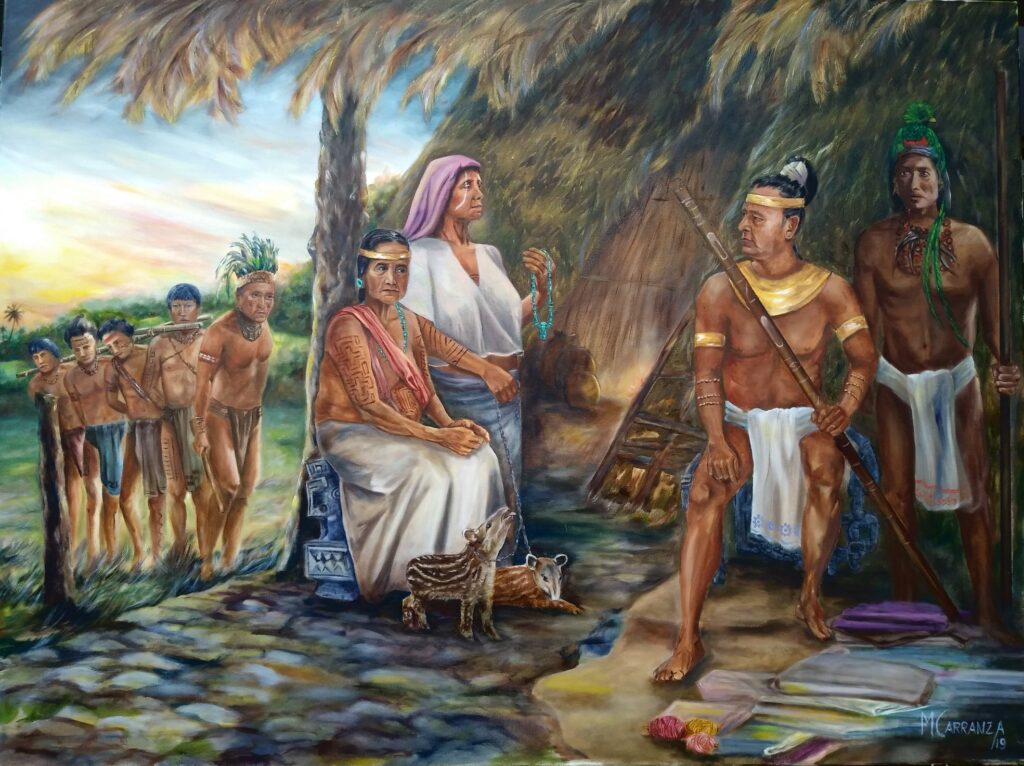
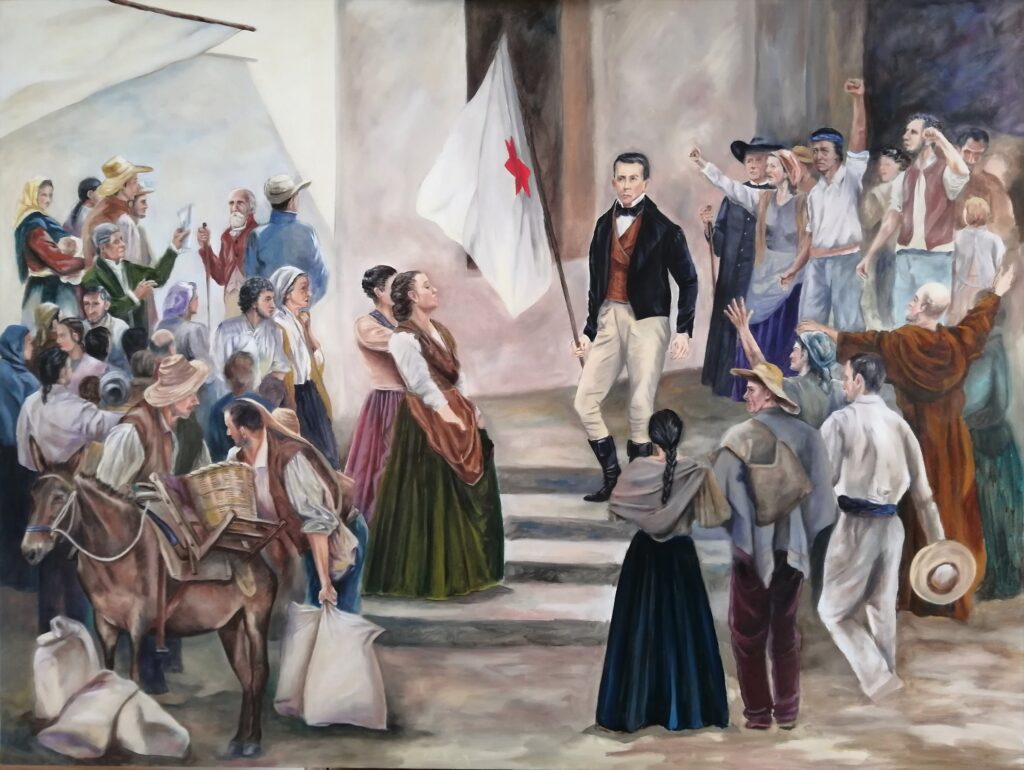
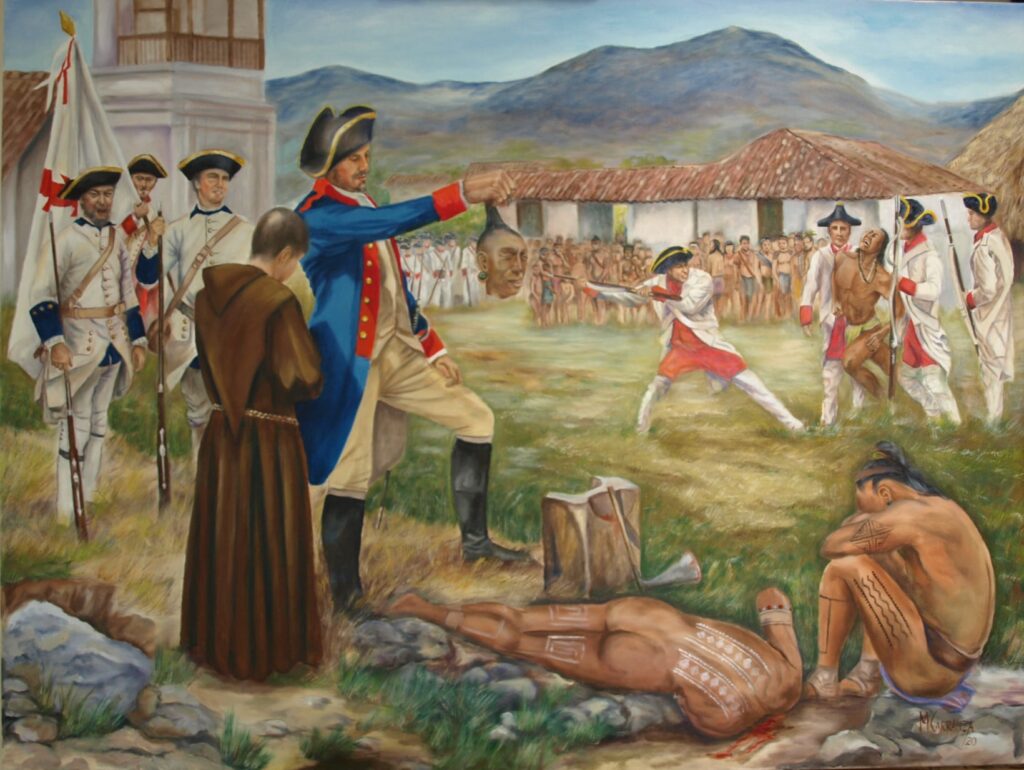
In Costa Rica, the genre of historical painting has been very scarcely developed. The list of painters begins with Lorenzo Fortino, an Italian resident in the country in the seventies of the 19th century, who painted some works on the war actions that led to the capture of former president Juan Rafael Mora Porras, General José María Cañas and a group of his followers in Puntarenas in September 1860.
Carranza Vargas, s.f.
Manuel Carranza Vargas: Between Colors and Chronologies
The exhibition at the MHCJS is the first time that a large part of Carranza Vargas’ pictorial production is brought together, complemented by objects from the museum’s collections and sources used by the artist in his historical research. Architect Álvaro Vega Cortés, responsible for the museographic proposal, presents to the public the process of artistic creation, inspired by the artist’s easel holding an unfinished work on the Battle of Santa Rosa.
Adrián Chaves Marín, educator at the MHCJS and curator of the exhibition, emphasizes the didactic importance of Carranza Vargas’ work. This visual artist not only possessed outstanding technical quality, but was also a meticulous historical researcher, using documentary and bibliographic sources and illustrations from the 19th century press to support his work.
In the words of the Director of the MHCJS, MSc. María Otárola Luna, emphasizes the closeness that the exhibition has with the artist’s family, considering it an exceptional tribute that allows us to know and share the legacy of Manuel Carranza Vargas.
Due to the educational relevance of the exhibition, the Ministry of Public Education declared its interest, promoting student visits and scheduling guided tours. Besides, the exhibition will have interactive elements, such as oral histories accessible through QR codes.
Todos los servicios mencionados son gratuitos, y el MHCJS estará abierto al público de martes a domingo, de 9:00 a.m. a 5:00 p.m.
Sensorial Sunsets
Navigate articles





